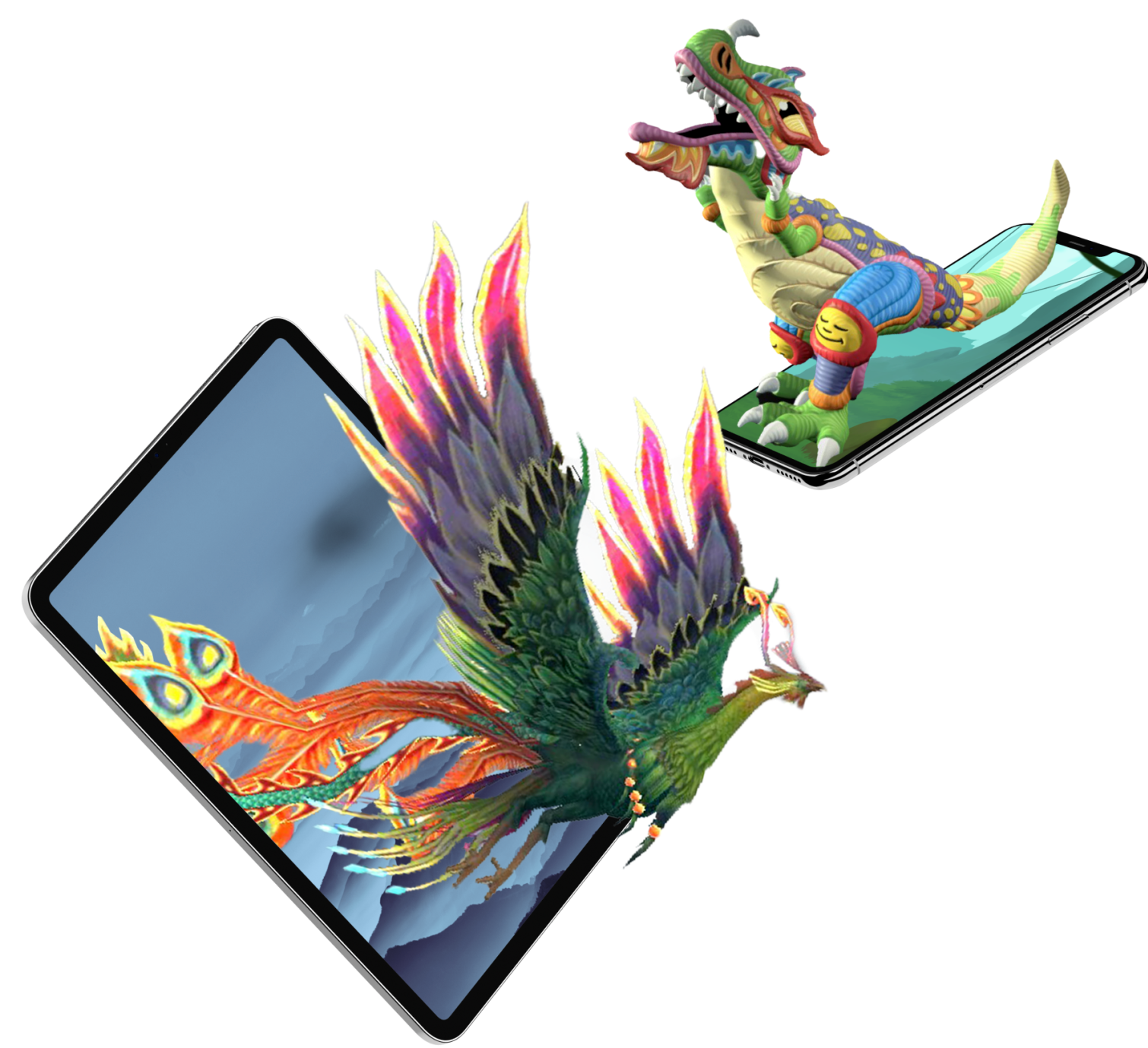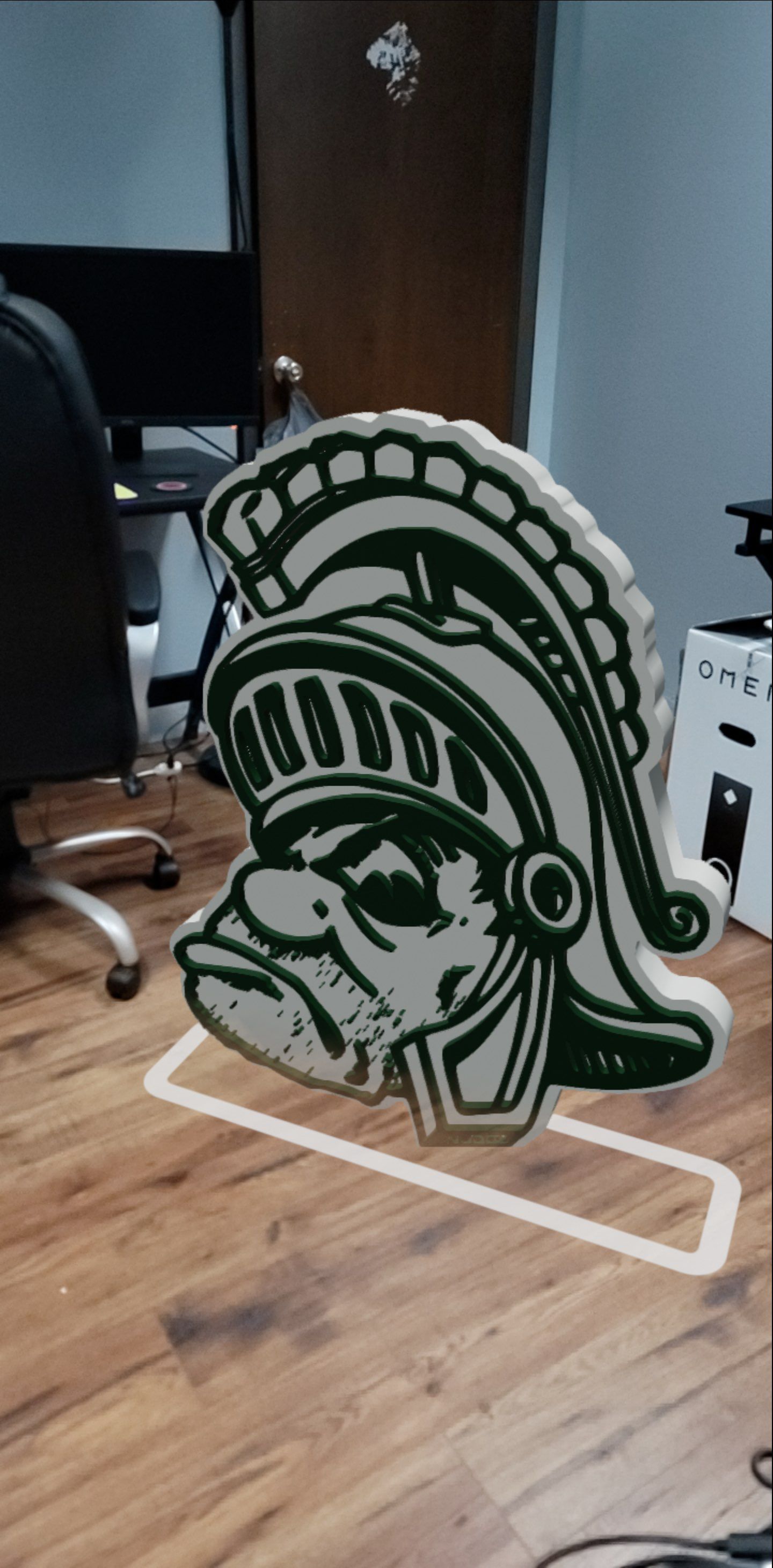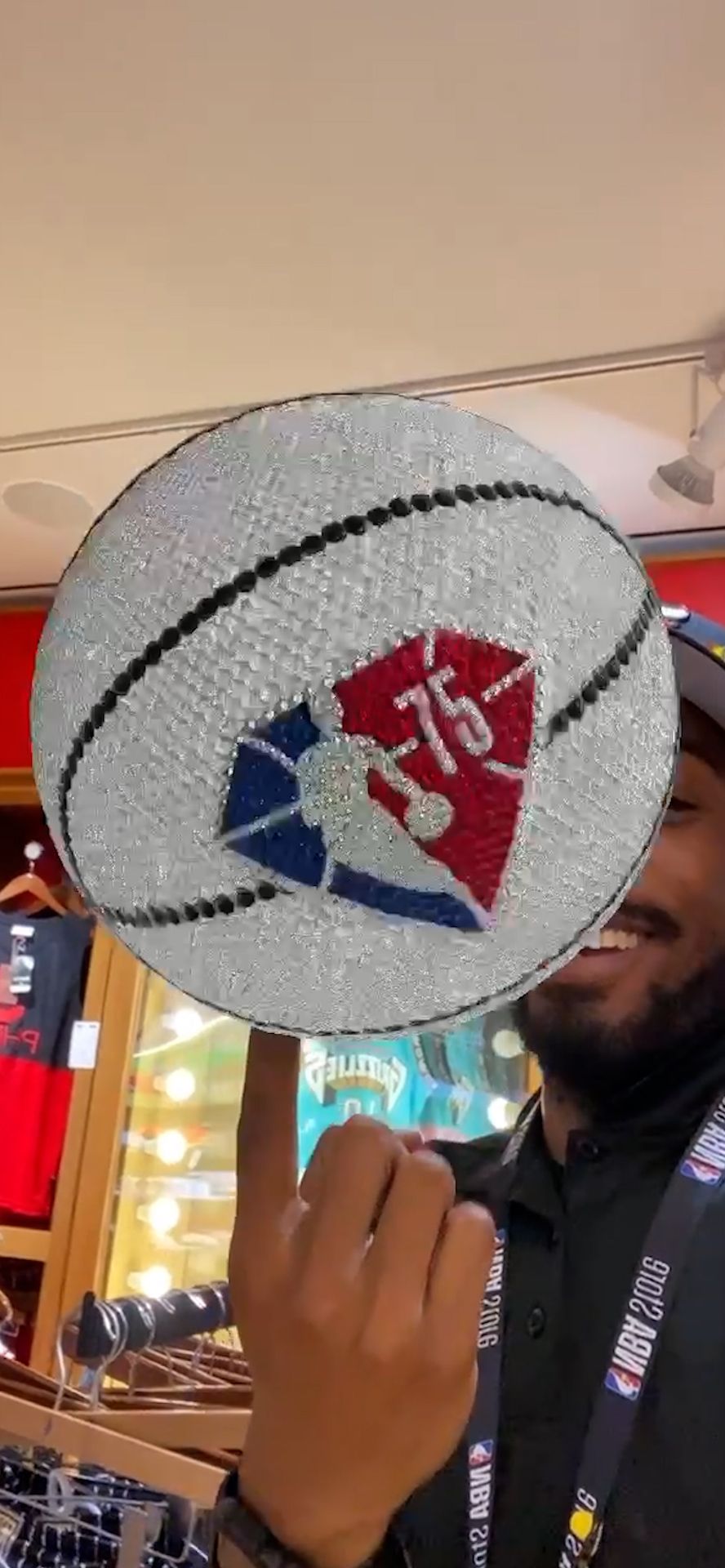Elevate Your Fan Experience with Augmented Reality
Augmented Reality is a technology that has been around for a few years, but it is just starting to be used by professional and college sports teams to engage with their fans. AR allows teams to superimpose digital content into the physical world, providing an enhanced experience for fans.
AR for Fan Engagement
Augmented Reality is a technology that has been around for a few years, but it is just starting to be used by professional and college sports teams to engage with their fans. AR allows teams to superimpose digital content into the physical world, providing an enhanced experience for fans. This can be anything from adding statistics and information about players onto their live game footage, to giving fans a virtual tour of the stadium. Sports teams and their sponsors are also taking advantage of AR by adding their branding to various interactive and immersive marketing experiences.
How are professional and college sports teams using AR to engage with fans?
Professional and college sports teams are increasingly using AR to engage with fans and promote their brand. AR allows fans to experience the game in a new and interactive way, providing them with an immersive experience that they can't get anywhere else.
Additionally, teams are using AR to create virtual experiences for fans who can't make it to the game in person. This type of engagement is not only exciting for fans, but it also helps to promote the team's brand and increase ticket sales.
What is Augmented Reality?
Augmented reality (AR) is a live direct or indirect view of a physical, real-world environment whose elements are "augmented" by computer-generated sensory input, such as sound, video, graphics or GPS data. It is related to a more general concept called mediated reality, in which a view of reality is modified (possibly even diminished rather than augmented) by a computer. As a result, the technology functions by enhancing one’s current perception of reality. By contrast, virtual reality replaces the real world with a simulated one.
AR is developed into apps and then deployed onto smartphones or head-mounted displays (HMDs), such as Google Glass, Oculus Rift, HTC Vive or Sony SmartEyeglass. There are already AR games on the market that use GPS to place virtual creatures in the real world for users to find and catch, similar to the popular game Pokémon GO. Other AR apps provide information about nearby businesses and landmarks, or display navigation information on windshields while driving. IKEA has an app that lets users see how furniture would look in their homes before purchasing it.
Frequently Asked Questions
Get a Custom Quote
How It Works
Professional and college sports teams are increasingly using AR to engage with fans and promote their brand. AR allows fans to experience the game in a new and interactive way, providing them with an immersive experience that they can't get anywhere else.
01
Discover
A Creative Director will work with you on vision & visual targets, short-term and long-term goals.
02
Design/Develop
Working with our internal partners, we start to plan out how the experience will work with the technology and platforms’ requirements.
03
Test
This stage is all about making sure the experience meets the Goals & KPIs and is working as intended without any breaking issues. Internal testing is done during this phase.
04
Publish
This stage is all about getting the client’s final approval of the experience. Client provides confirmation they are happy with the final output and ready to proceed.














